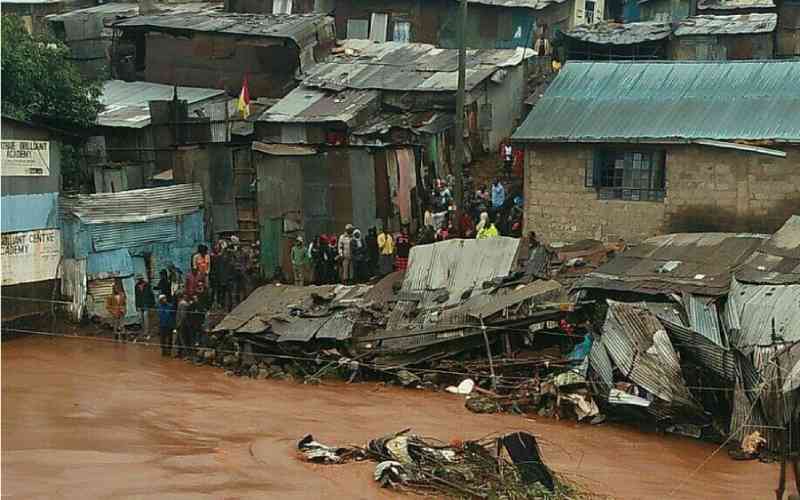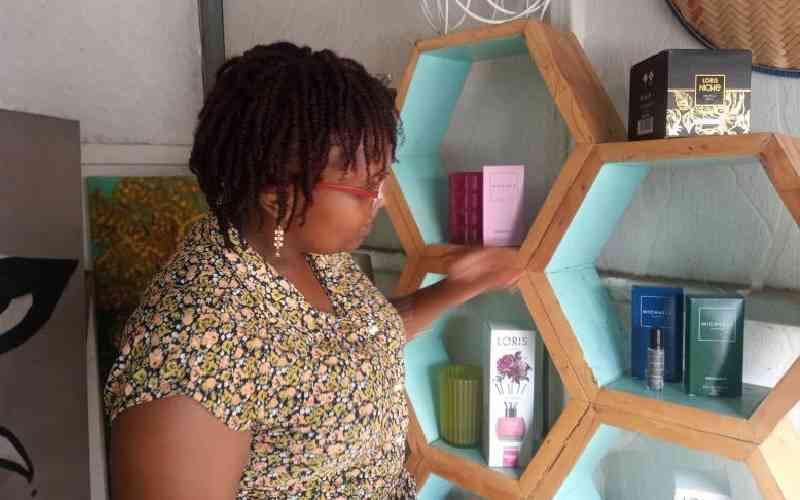I am rereading Gary Stewart’s gem titled Rumba on the River: A History of the Popular Music of the Two Congos. Published in 2000, Stewart’s book is an encyclopaedic portrait of the flowering of Congolese music in Brazzaville and Kinshasa — or Léopoldville, as it was originally known. Some readers have problems with Stewart’s detailed historical style. Yet as Wes Freeman, a reader, says, “reading it is like absorbing a whole new paradigm.” The book presents Congolese music as fully formed and yet still evolving. But Stewart’s story is not just about music. It is also a depiction of the debilitating social, economic and political environment that is the canvas for this portrait. As this music — once shipped to Latin America on slave ships — was discovering its way back to Africa, the continent was at a cultural crossroads. Africa and Europe were fighting over space in the emerging African urban environment, in the first half of the 20th century. Stewart observes, “Africans entering colonial cities on their own continent were urged to leave Africa at the door. This was the white man’s world of clocks and order, of identity cards and regular jobs.”
Yet that was not all. Léopoldville was racially segregated. The white lived in what was called “the ville,” while Africans lived in “the cite.” We read, “Only Africans who worked as servants for white families could stay legally in the ville between 9pm and 4.30 the next morning, and then only as long as they lived on the property of their employers. Even in the cite, Africans were forbidden to move about from ten until four.”
Stewart afflicts us at once with new knowledge, sweet memories and painful reflections. We get to know of such founders of Congolese rumba as Henri Bowane, Antoine Wendo, Nicolas Kasanda, Joseph Kabasele and Leon Bukasa, among other luminaries of yesteryear. If you belong to my generation, you will recall such hits as Dr Nico’s Na Keyi Abidjan, Tu m’a Decu and Asalam Aleikum with a tinge of nostalgia. You recall Kirikiri Mabina Ya Sika. A gone world. You appreciate how age robs us of our youth — leaving us only with the shadow of memory to kiss and cling upon.
Then there is the pain of exclusion. White people locked us out of certain spaces in their cities on our continent. You are reminded of the theme of the colour bar in the literatures you have read. When your read white writers in Africa; such Karen Blixen, Ernest Hemingway and Elspeth Huxley on the one hand and on the other hand such Africans as Ezekiel Mphalele, Alex La Guma, Peter Abrahams, Sembene Ousmane, Ngugi, Ferdinand Oyono and Wole Soyinka, you are treated to a contradistinction of perspectives on the colour bar. While Soyinka and Ousmane are colour barred in Europe, Henri Bowane and his compatriots are colour barred in European spaces in Africa. Independence in the 1950s to the ‘70s broke the bar. And yet six decades after independence, do I begin — unfortunately — to understand why white people thought we should not get into their spaces? Does it pay, sometimes, to look in the mirror and wonder why the face is dirty, worse still ugly? In 1977, Africa showcased her culture to the world in Lagos, Nigeria. Dubbed the Second World Black and African Festival of Arts and Culture (FESTAC ‘77), the month-long fiesta was a veritable galaxy of African virtuosos in fine art, literature, music, religion and philosophy.
Nigeria built the FESTAC Estate to accommodate 17,000 people and 11,000 houses. Three years ago I visited this village. The first thing that greets you is a giant flag with the words, “To all customers you are hereby restricted of urinating and defecating on this lawn henceforth be warn — order by management (sic).” You can see a photo on my Twitter handle @barrackM.
In Nairobi, areas like Karen, Lavington Green, Kileleshwa, Muthaiga and Westlands were the equivalent of “la ville” in Léopoldville. Africans went to these places on similar terms as their compatriots in Congo. But independence opened up these places. David Amunga, a Kenyan artiste, melodiously celebrated this with the words of the song “Goodbye Colonialism.” Said he, “The African has got the chance. He will guide the continent. No more oppression now. Goodbye colonialists. Goodbye imperialists . . .”
Chinua Achebe has told us in the foreword to Henry Chakava’s Publishing in Africa: One Man’s Perspective that colonialism is not redeemed even by its most philanthropic acts in Africa. Yet do we sometimes need to be honest enough to admit failure, at least in the City of Nairobi and in our other capitals and towns across Africa? There was a time when Nairobi functioned — and I was there. I have told you this story before. I see no need to repeat it. Something went awfully wrong, however.
In the place of rumba on the river, we have ghastly slums, veritably twitching on the banks of a dirty river. Rickety things pretending to be human habitation precariously tower heavenwards. They literally promise to take you there. The city fathers are only too aware. When disaster strikes, even the Governor will spend two days at the site. I don’t know to what good end. A few weeks later, our crocodile tears dry. The noise dies. We move on. We wait for the next disaster.
And now the whole city is degenerating into a mega slum. In Westlands we drive through raw sewage on Muthithi Road and on Chiromo Road for months. Potholes have given way to trenches in the roads, everywhere. Salubrious suburbs of yesteryear are transforming into dingy shantytowns under unregulated construction. Some have not a drop of water. You understand why white people used to blow the bugle to get us out of their spaces? You get it? Clocks, order, regular jobs and abracadabra?
 The Standard Group Plc is a
multi-media organization with investments in media platforms spanning newspaper
print operations, television, radio broadcasting, digital and online services. The
Standard Group is recognized as a leading multi-media house in Kenya with a key
influence in matters of national and international interest.
The Standard Group Plc is a
multi-media organization with investments in media platforms spanning newspaper
print operations, television, radio broadcasting, digital and online services. The
Standard Group is recognized as a leading multi-media house in Kenya with a key
influence in matters of national and international interest.
 The Standard Group Plc is a
multi-media organization with investments in media platforms spanning newspaper
print operations, television, radio broadcasting, digital and online services. The
Standard Group is recognized as a leading multi-media house in Kenya with a key
influence in matters of national and international interest.
The Standard Group Plc is a
multi-media organization with investments in media platforms spanning newspaper
print operations, television, radio broadcasting, digital and online services. The
Standard Group is recognized as a leading multi-media house in Kenya with a key
influence in matters of national and international interest.








